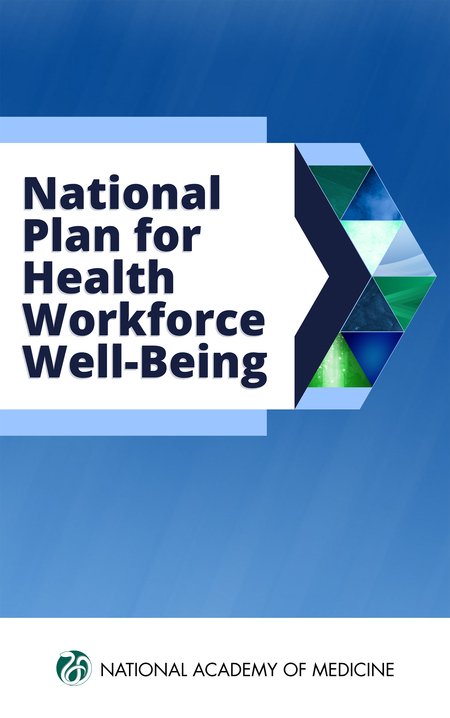National Plan for Health Workforce Well-Being Urges Collaboration, Action
/In the United States, 54% of nurses and physicians, 60% of medical students and residents, and 61% of pharmacists have symptoms of burnout.
The National Plan for Health Workforce Well-Being, released recently, notes that burnout is a long-standing issue and a fundamental barrier to professional well-being. It was further exacerbated by the COVID-19 pandemic. The plan calls for concerted and collaborative action to ensure “a strong and interconnected health system for the nation.”
The National Plan is described as a crucial starting point for collective action that will help coordinate actions across the field and provide a roadmap to develop the health system.
“Health workers who find joy, fulfillment, and meaning in their work can engage on a deeper level with their patients, who are at the heart of health care. Thus, a thriving workforce is essential for delivering safe, high-quality, patient-centered care,” the introductory description explains.
The 88-page National Plan for Health Workforce Well-Being is intended to inspire collective action that focuses on changes needed across the health system and at the organizational level to improve the well-being of the health workforce. As a nation, the description of the Plan points out, “we must redesign how health is delivered so that human connection is strengthened, health equity is achieved, and trust is restored.”
The National Plan’s vision is that patients are cared for by a health workforce that is thriving in an environment that fosters their well-being as they improve population health, enhance the care experience, reduce costs, and advance health equity; therefore, achieving the “quintuple aim.” Together, we can create a health system in which care is delivered joyfully and with meaning, by a committed team of all who work to advance health, in partnership with engaged patients and communities.
The Plan’s introduction also notes that “the pandemic forced the nation to broaden its understanding of the external environment’s effects on health delivery and health worker well-being.” In addition, “while all health worker groups experienced challenges during the pandemic, the emotional well-being of health workers of color were disproportionately affected by COVID-19-related workplace bias, discrimination, and harassment from patients, superiors, and co-workers.”
Among the topics focused on in the Plan are institutionalizing well-being as a long-term value, recruiting and retaining a diverse and inclusive health workforce, effective technology tools, support for mental health and reducing stigma, and investing in measurement, assessment, strategies and research.
“The resulting severe health workforce shortage, beyond pre-pandemic projections and most critically among nurses, health aides, and assistants, places an enormous burden on remaining health workers and jeopardizes the health of the nation…”
The publication has undergone peer review according to procedures established by the National Academy of Medicine (NAM). Publication by the NAM signifies that it is the product of a carefully considered process and is a contribution worthy of public attention, but does not constitute endorsement of conclusions and recommendations by the NAM.































